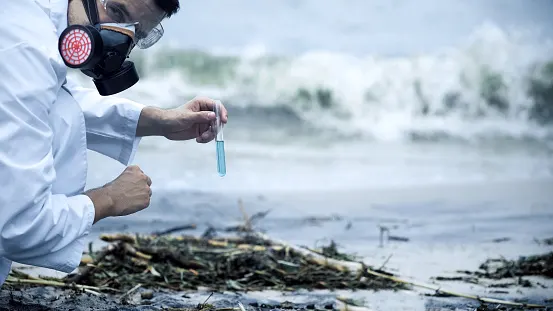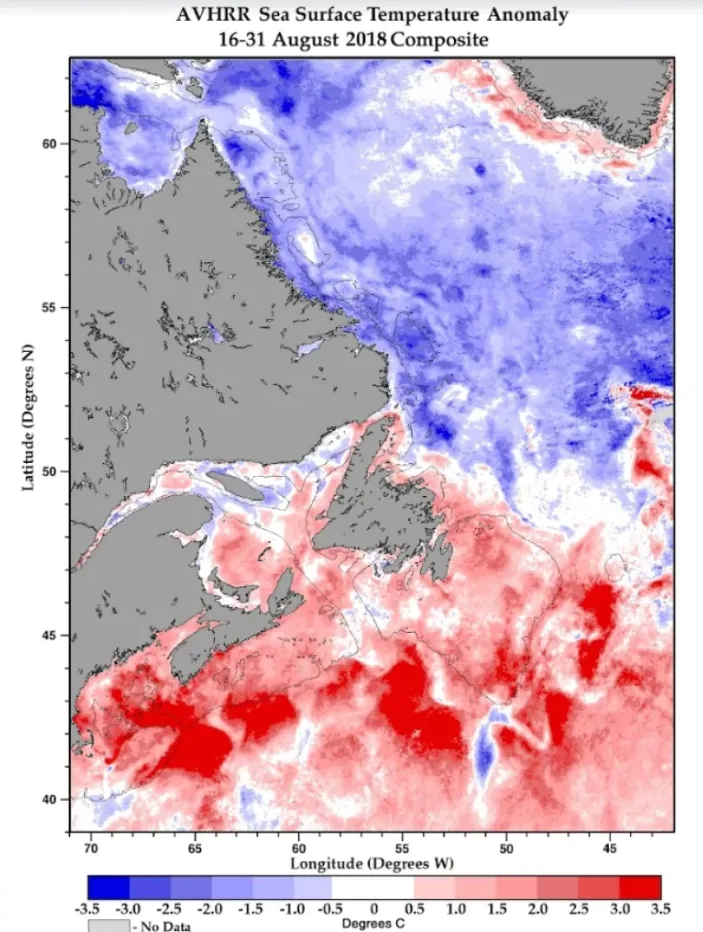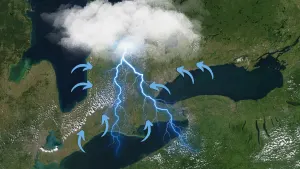
Flesh-eating bacteria may be moving north in warming oceans
We already know the warming oceans may have dire consequences for the health of marine life, but now there's evidence it's bad news for human health, too. A study published this week suggests that the infamous flesh-eating bacteria is moving north.
The bacteria behind necrotizing fasciitis prefers salty water with surface temperatures above 13ºC, and in the past has been commonly found in the coastal waters of the southeastern United States and the Gulf of Mexico. This new report, published in the Annals of Internal Medicine, links five cases of people infected with the bacteria vibrio vulnificus from the typically much cooler waters of the Delaware Bay, which sits between Delaware and New Jersey.
The victims all were all reportedly exposed to water in the bay, or to crabs caught in it. All five infections were reported in 2017 and 2018; in the eight years prior to that, only one case was reported in the area.
SEE ALSO: Is climate change shifting the colour of the ocean?
Dr. Katherine Doktor, the study's lead author, told Health that -- should ocean water temperatures continue to rise -- v. vulnificus could continue to spread into cooler waters. "I would be concerned that if the waters continue to warm as the climate gets warm—if things keep continuing to get warmer—infections seen in tropical areas may start to appear in greater numbers in more northern areas,” Doktor said.
Water temperatures off the Atlantic Canada coast averaged two to three degrees above normal amid 2018's summer heatwave, with large stretches of coastal water running at about 20ºC on the surface in late August.

Fisheries and Oceans Canada map shows how much warmer or colder the temperatures are compared to a 20-year average. The darkest red indicates an increase of 3.5 C. Image courtesy Fisheries and Oceans Canada/CBC
RELATED: Boaty McBoatface has important news about the warming ocean
DON'T CANCEL YOUR BEACH PLANS YET
Though many of the most famous, often gruesome, cases of infection by the bacteria have originated in the U.S. Southeast, v. vulnificus is actually already found worldwide, provided the conditions are right. While it prefers water temperatures in excess of 18ºC, it can survive in coastal waters with temperatures as low as 9ºC and as high as 31ºC, according to the Journal of Infectious Diseases.
While it is certainly a dangerous type of infection -- 1 in 3 people who contract necrotizing fasciitis die, even with treatment, according to the CDC -- it's also quite rare. It's also typically people with other underlying issues, like diabetes, kidney disease, or liver problems, who are most at risk for becoming infected. The bacteria generally enters the body through a wound like a cut or insect bite.
Even so, as rapid treatment is needed in the case of infection, Doktor and her team felt it important to notify both the public and doctors about this unusual trend. "Given our findings," Doktor told Health, "we wanted other clinicians to be aware they might be seeing Vibrio infections [in] cooler places, and they should be aware of it."
Sources: Annals of Internal Medicine | New Scientist | Health | ACSH |









